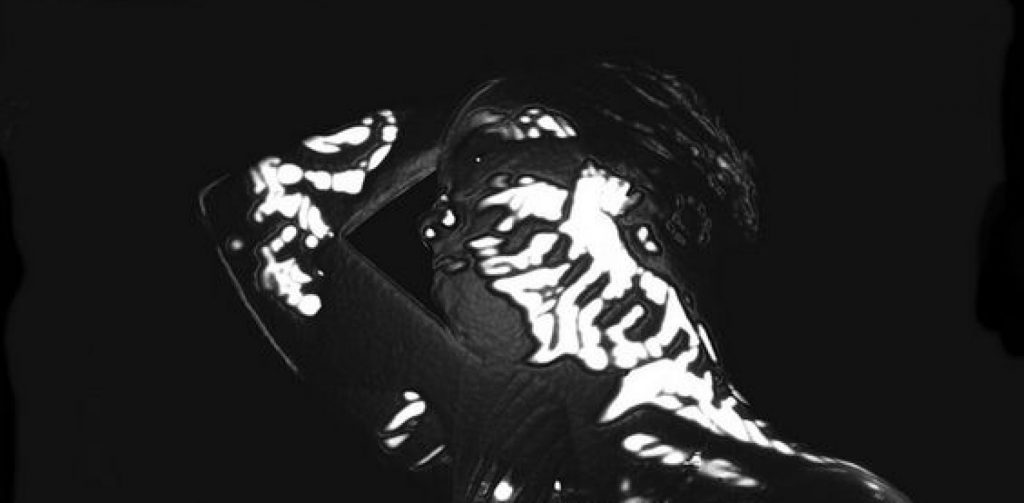We recently went on a trip as a class to Otherworld VR, a virtual reality gaming experience complex in Haggerston. Only around 15 of us turned up, which gave us more time in the VR world, which was great because I felt I got a lot more out of the experience. The experience was extremely disorienting and strange, as I could see my arms and could walk around in the virtual world without walking in the real world, which would often totally mess with my balance. I found it really enjoyable interacting with everyone in the virtual world, and as this was my first proper experience with VR I left imagining the possibilities of avatars, world building and immersivity with a reference point of actually experiencing it myself. I firmly believe you learn the most when experiencing something first hand, and this was no different.
I played various games, most of them being first person shooters with other people in my class and one being a game called ‘Supahot’, which was a slow motion game where you had to evade attacks and retaliate. I found this the most enthralling because I was on my own and the slow motion altered my perception of time, which really drew me in to the virtual world, totally immersing me. I was picking up on how the sound was used with the space to trick me into believing I was really there and that if a bullet hit me I would die. The panning, distance and textures of the sound would create an intimacy that felt claustrophobic or a vast sense of space that felt liberating, depending on the game and how the sound was deployed.
I will be considering my experience here and reflecting on it when I come to start adding more detail to my game sound design, trying to mirror the feeling that I had when I was in this virtual terrain.

